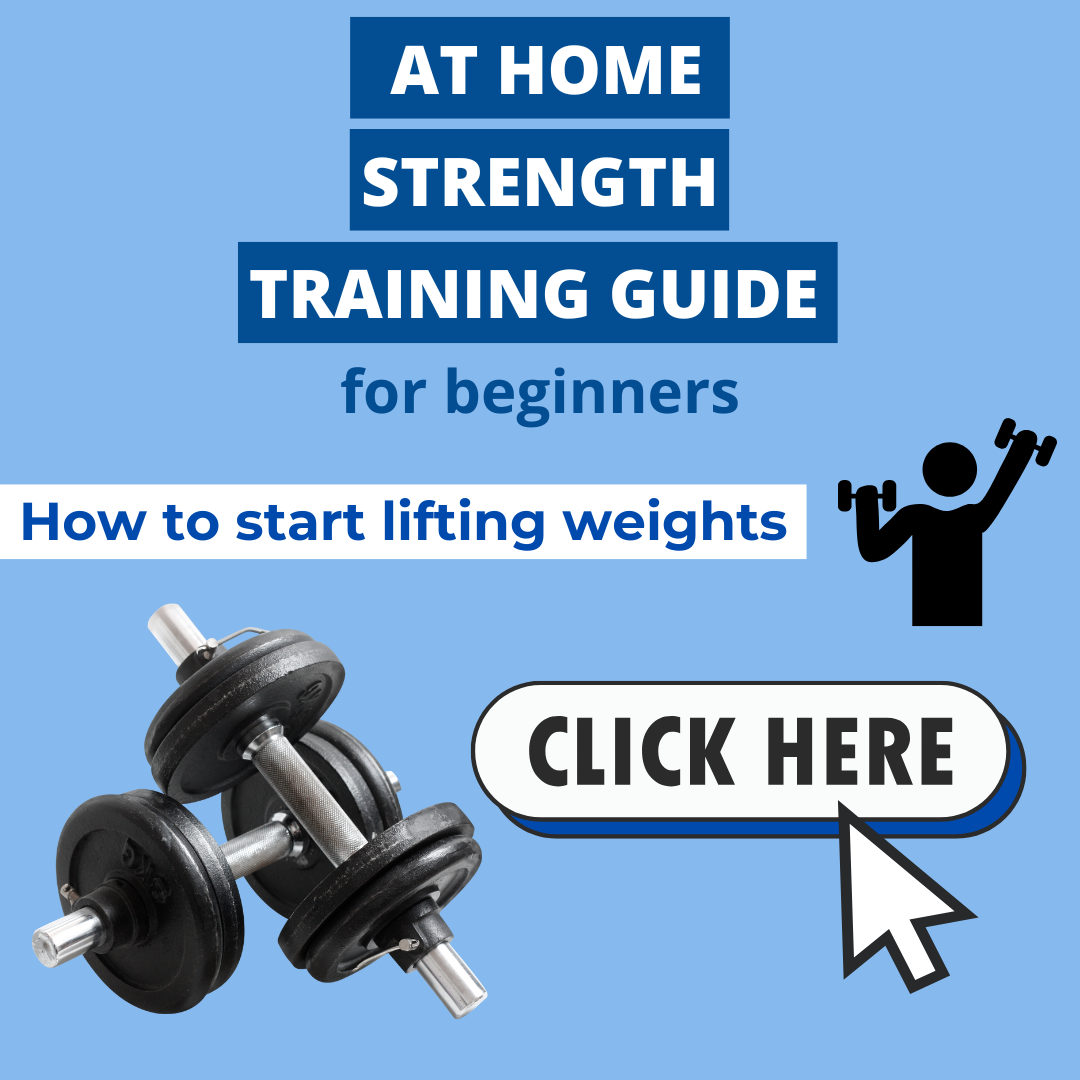How to Set up an Effective Reverse Diet Plan

If you’ve been in a calorie deficit for a while now, you get to the point where it’s like, “Yeah, weight loss is cool but how much longer can I keep doing this?”
Mentally, you need a break, and physically, well…
You reeeeally just want to be able to eat more food again.
Calories deficits don’t last forever.
So, what comes after?
There’s something called reverse dieting.
And if you play your cards right with a reverse diet plan, you’ll be able to lose fat while eating more food and coming out of a deficit.
What is a reverse diet?
Being in a calorie deficit means eating a little less than you normally would.
With a reverse diet for weight loss, you gradually go in the opposite direction.
You slowly add calories back in until you reach maintenance (the point where you’re not losing or gaining any weight).
Since you’re adding calories back in a little bit at a time, you’ll still technically be in a calorie deficit, so you can continue to lose fat while enjoying more food.
That’s what makes a reverse diet plan so effective.
I mean, sign me up for ANYTHING that allows me to eat more food and continue to make fat loss progress 😂
What most people get DEAD WRONG about a reverse diet plan
You may hear some people say, “I lost weight by reverse dieting and eating more.”
So that gets you thinking…
Maybe my body’s in starvation mode or I need to fix my metabolism in order to start losing weight again.
That’s where the misconception lies.
Starvation mode isn’t a real thing and your metabolism isn’t broken, it doesn’t operate like a glass plate you drop on the floor.
I have three reasons that’ll explain why.
Reason #1…
I’m sure at some point you’ve stepped onto the scale, only to see you’ve gained a few pounds overnight, even though you were on point with your workout and nutrition the day before.
The scale is finicky, so just because you ate more and your weight went down doesn’t mean you took your body out of starvation mode, restarted your metabolism, or anything like that.
You could also eat fewer calories and see the scale go up.
See what I’m saying?
There are a ton of different factors that go into your weight moving up or down on a given day outside of how much you ate.
Reason #2…
If you’ve been in a substantial calorie deficit for a while now, your body may just be stressed, which is causing you to hold onto more water (and not lose any weight).
A bump up in calories results in your body getting rid of that water, and the less water your body’s holding onto, the lower the number on the scale.
And now, to reason #3…
Increasing your calories can simply enable you to maintain your diet better.
It makes staying on top of your nutrition easier, improves your workout performance, and gives you more energy for physical activity throughout the day (walking more = a supremely underrated fat loss tool).
Keep this in mind as well…
You can increase your calories and still be in a calorie deficit, which means you’ll continue to lose fat even as you’re eating more food.
Benefits of a reverse diet plan
Here are some of the main reverse dieting benefits:
- You get to eat more: It’s a given this one’s at the top of the list, isn’t it? You’ve been eating in a calorie deficit (i.e. less than you typically would), so a bump up in calories will feel amazing.
- Your mind gets a break: Eating more food is definitely a plus as far as your stomach is concerned but a reverse diet plan is also good for your mind too.
- Gradual increase in weight: If seeing a huge increase on the scale would freak you out, a reverse dieting plan prevents big weight jumps and can put your mind at ease.
Signs it’s time for a reverse diet
- Insatiable hunger: Being hungry (no, you shouldn’t be ravenously starving) is one of the signs you’re actually in a calorie deficit. But if it gets to the point where pretty much all you can think about is food, it might be time for a reverse diet plan.
- Decreased gym performance: How long you stay in a calorie deficit matters, and if you notice a drop off in workout performance, it might be time to start a reverse diet.
- You’ve achieved your fat loss goals: If you’ve lost the body fat you set out to lose, a reverse diet plan can help you preserve your progress.
How do I start reverse dieting?
A reverse diet for weight loss is like a calorie deficit.
… But backward.
Instead of decreasing your calories and restricting food intake, you’re going to be slowly adding calories back in (about 50-1oo calories each week) until you get back to maintenance.
Here’s an example of how the process would look:

Remember using a weight loss calculator like this one to get your maintenance calories?
And then figuring out your deficit calories from there?
Well, now that you’ve lost some weight, you need to keep in mind your maintenance calories won’t be what they were originally.
For example, let’s say before going into a calorie deficit, your maintenance calories were 2,000.
After completing your reverse diet plan, your new maintenance calories would be lower, maybe around 1,900, or something like that.
I know what you’re probably thinking…
Can’t I just jump back up to maintenance and skip reverse dieting?
And to that, I’d say this:
One, doing that would defeat the whole purpose of reverse dieting.
Jumping right back up to maintenance would obviously take you out of a calorie deficit, which means you wouldn’t be losing fat.
And two…
You’ve done such a good job of staying in a calorie deficit, so if you’re used to the scale going down, it might be a bit of a shock as you work your way back up to maintenance and see an increase in weight (you’re eating more calories, so this is inevitable).
I would hate for you to get discouraged by that quick rise in weight.
How do you know your maintenance calories?
As part of your reverse diet plan, I would recommend weighing yourself every day so you can most accurately measure your progress.
But once you get to a point where your weight is fluctuating within a few pounds in either direction, it’s a good starting point for your new maintenance calories.
Is there a way to reverse diet without gaining weight?
Seeing the scale go up a little bit is an unavoidable part of a reverse diet plan.
Just think about it, you’re working your way back up to maintenance, which means eating more calories.
Even though the two often go hand in hand, just know weight gain doesn’t always equal fat gain (losing body fat should be your ultimate goal anyway).
So even if the scale is going up (which is a lot of water weight) you could still be losing fat, as long as you’re in a calorie deficit.
Where should the extra calories come from on your reverse diet plan?
You know a reverse diet plan means steadily increasing your calories.
But what foods should you focus on with those extra calories?
- You definitely want to prioritize protein.
You should be doing this regardless of whether you’re in a calorie deficit, chillin’ at maintenance, or entering into a bulk to build muscle.
Foods high in protein are extremely filling, it’s key or building/preserving muscle muscle (more muscle = more fat loss), and your body burns more calories digesting protein than any other food.
2. Carbs, carbs, CARBS
One thing I want to be 100% clear on…
Even though Pam from accounting keeps telling you to do keto, no, eating carbs will NOT make you fat.
Odds are, you’ve had to cut back on carbs at least somewhat with your calorie deficit, and that’s no fun.
The fact of the matter is, carbs are your body’s main fuel source.
They give you energy, help you crush it in the gym, and overall, just make you feel better and happier.
What comes next after a reverse diet?
Stay at maintenance for at least a few months.
If you want to build muscle, another option you have is going on a bulk.
The one thing you definitely don’t want to do is just drop back down into a calorie deficit right away.
And when you do decide it’s time to go back into a calorie deficit, please please PUH-LEEEASE avoid the 1,200-calorie crash diets because you think it’ll help you lose weight fast.
You’ll be making a HUGE mistake if you do that.
Reverse diet plan wrap up
Next time you’re looking to come out of a calorie deficit, you have this reverse diet guide as a reference 💪
Remember, one big jump up to maintenance comes with the inevitable giant swing in weight gain.
So rather than experience a quick and potentially distressing rise on the scale, a reverse diet plan gets you back to maintenance gradually by adding calories back in a little bit at a time.
You’ll still be in a calorie deficit until you reach maintenance, so you can continue losing fat while enjoying more food at the same time.
What’s a better combination than more food and fat loss?
Nothing!
Reverse diet plan FAQs
Why am I gaining weight while reverse dieting?
As you increase your calories and eat more, obviously the scale will go up a little.
When you increase your calories, you’ll be eating more carbs, and carbs cause water retention so you’ll weigh more when you step onto the scale.
But as I mentioned previously, there’s a big difference between scale weight and fat weight.
The scale may be going up but as long as you’re in a calorie deficit, you could still be losing fat, which is the ultimate goal.
Losing fat impacts body composition while scale weight doesn’t, so if you were to only focus on scale weight (i.e. choosing cardio over strength training) it might just result in you having a skinny fat body, which I’m assuming you definitely don’t want.
What is the difference between a diet break and a reverse diet?
A diet break isn’t a slow, gradual progression back up to maintenance like a reverse diet plan is.
With a diet break, you take somewhere between 1-3 weeks off of being in a calorie deficit and eat at maintenance (or maybe even in a slight surplus).
Once you’re done with that, you simply drop back down into a deficit.
Conversely, a reverse diet involves a gradual increase in calories until you reach maintenance, where you will stay for a little while.
How long should I reverse diet before cutting again?
You want to give yourself a break, both mentally and physically, from being in a calorie deficit.
So once you reach maintenance from your reverse diet plan, stay there for at least a few months.
Or if you want to build some muscle, you could go on a bulk.
Just make sure you’re not immediately dropping back down into a cut once you get back to maintenance.

What's up?
I’m Chad, I’m happy you’re here! I’m a certified personal trainer and my goal is to help you form practical, sustainable habits that lead to lifelong fitness results. If you want to lose fat, build muscle, and live a healthier, happier life then you’re right where you need to be. 💪🏾
Free resources
⬇⬇⬇










0 Comments